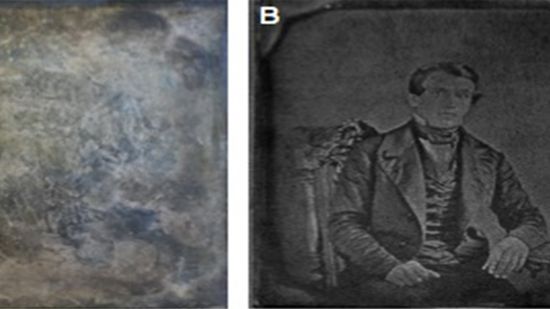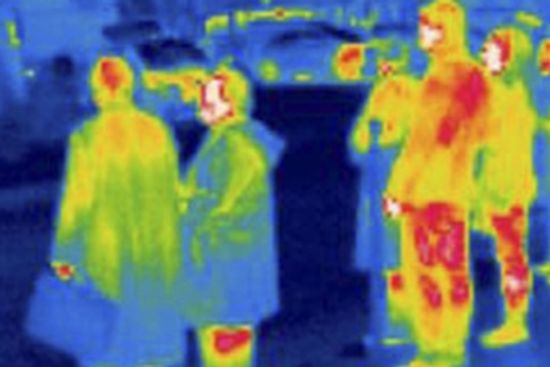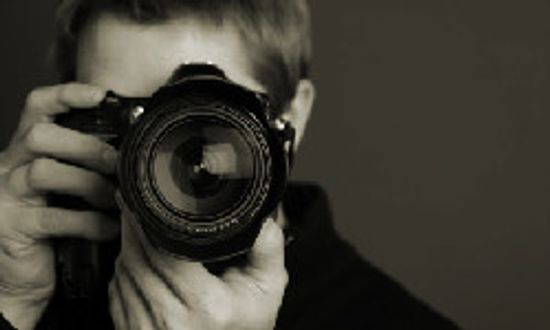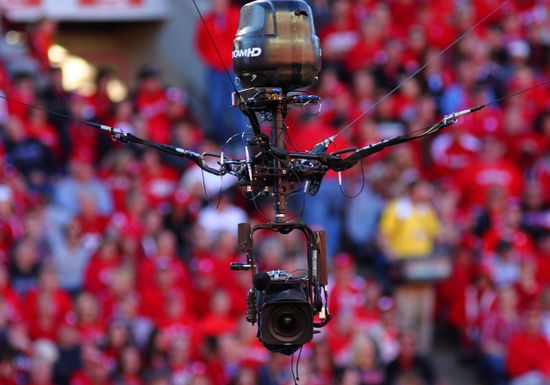Cameras & Photography
A good photo is part art, part science. Whether you like to manually focus and carry a slew of lenses in a Tamarac bag or go digital and let a high-tech camera do the work for you.

New Technology Revives Tarnished Daguerreotype Ghosts

How Thermal Imaging Works

Cool Camera Stuff Pictures

How Skycam Works

How the Lytro Camera Works

How to Calculate Image Size and PPI when Printing

13 Iconic Photographs That Captured the World's Imagination

What is a tilt-shift photography lens?
